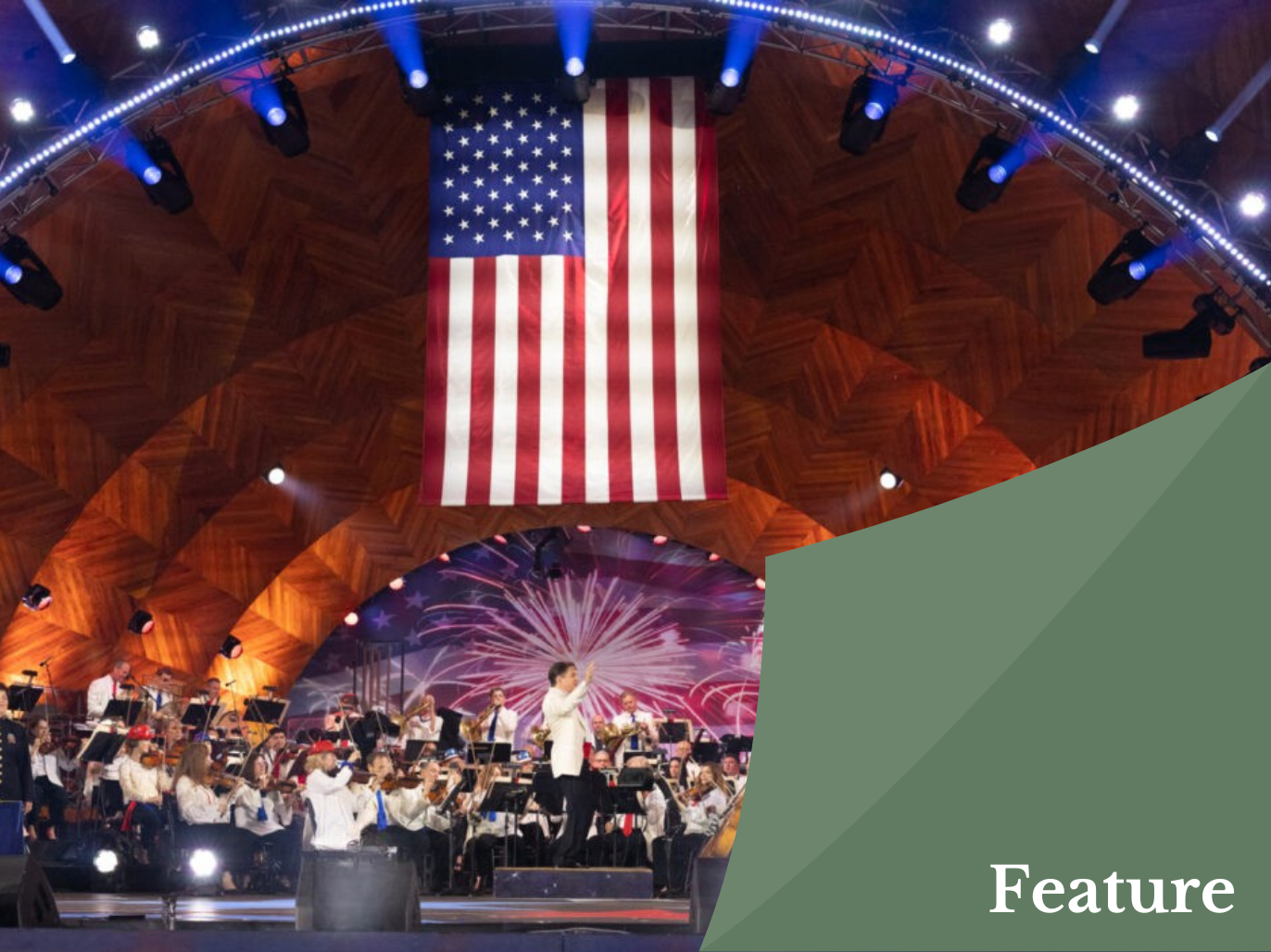Once upon a time, American orchestras divided themselves into two groups: the so-called ‘Big Five’, and all the rest.
It was a little like the creation of the Premier League in football, though less formal, not quite so meritocratic and highly skewed to one geographical area.
The Big Five certainly deserved their elite status. These orchestras were the most technically excellent, frequently-recorded, well-paying and generally admired in the USA. They were – and still are – the New York Philharmonic, Boston Symphony Orchestra, Chicago Symphony Orchestra, Philadelphia Orchestra and Cleveland Orchestra. When the label was first used in the 1950s, all five orchestras presented regular concert series in New York (one reason for the eastern seaboard bias).
The Big Five idea was dreamed-up partly to help put the American orchestra scene on the world map – to present a unified counterpart to the great ‘Philharmonic’ orchestras of central Europe. It was also intended to signal to young musicians where they would find the most lucrative employment.

